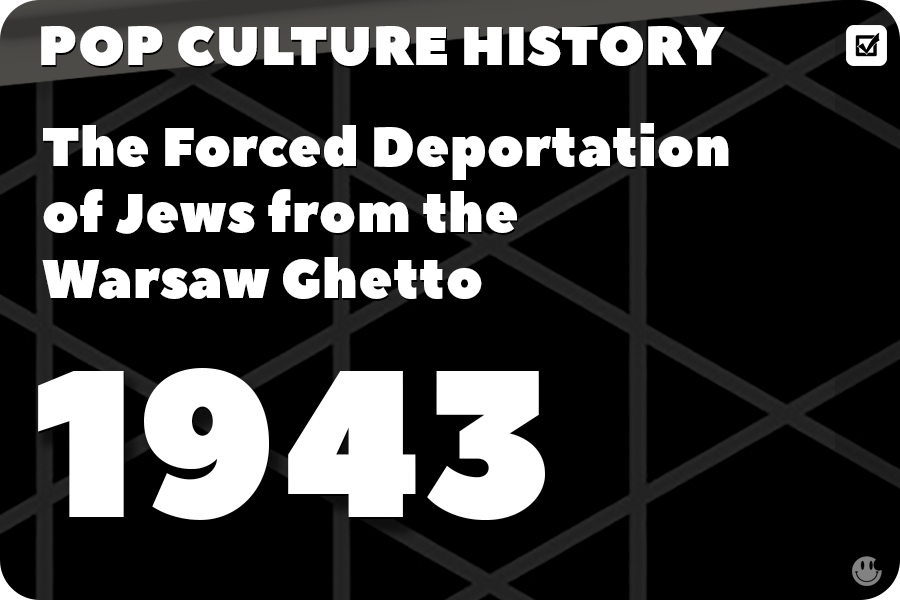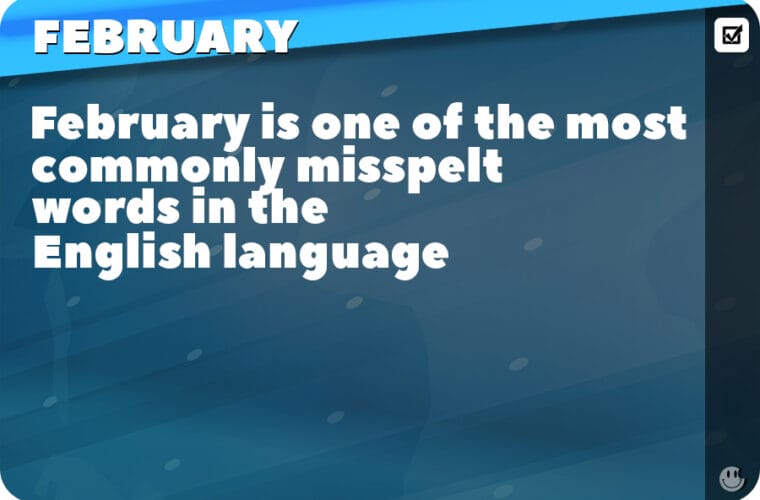 |
Forced Deportation of Jews from the Warsaw Ghetto |
The Nazis established the Warsaw Ghetto in October 1940 in the occupied Polish capital of Warsaw. It was the largest ghetto in Nazi-occupied Europe, housing over 400,000 Jews in extremely cramped and unsanitary conditions. The forced deportation of Jews from the Warsaw Ghetto, known as the Grossaktion Warsaw, began on July 22, 1942, as part of the Nazis’ “Final Solution” – their plan to systematically exterminate the Jewish population. Facts:
Effects on Pop Culture:
Prominent People and Countries Involved:
In summary, the forced deportation of Jews from the Warsaw Ghetto, also known as the Grossaktion Warsaw, was a horrific event from July to September 1942. Over 250,000 Jews were forcibly deported to the Treblinka extermination camp as part of the Nazis’ “Final Solution.” The tragic events in the Warsaw Ghetto have been depicted in various forms of popular culture, including films, novels, and documentaries, and continue to serve as a somber reminder of the atrocities committed during the Holocaust. |









